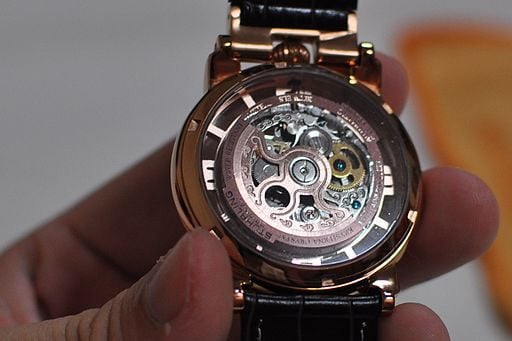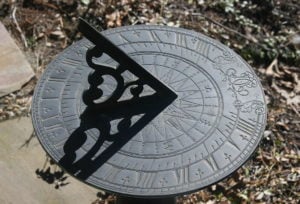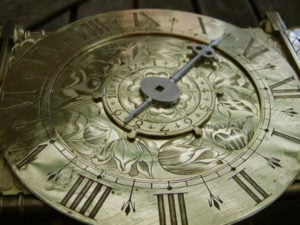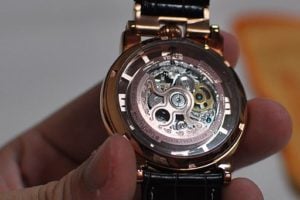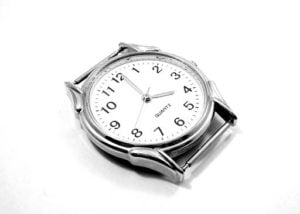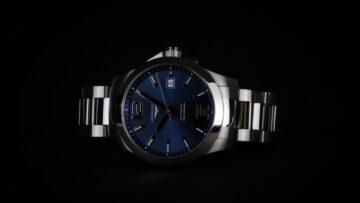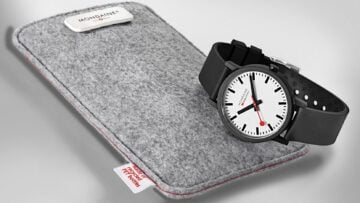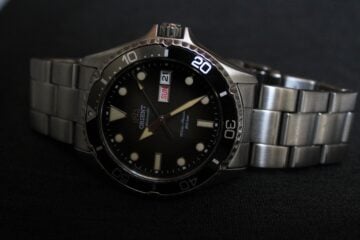The History of Timekeeping
The history of timekeeping is a very immersive subject. It’s practically impossible to think about a world where we don’t keep accurate time but in reality accurate timekeeping is a fairly recent phenomenon. With all of the incredible technology that we have today it is easy to forget how amazing it is that we can keep precise, accurate time with a device that first perfectly on our wrists.
Through the rest of this month we’re going to look forward to the future, but today we’re going to all the way back at the history of timekeeping.
Early Days of Timekeeping
In the earliest days of the history of timekeeping, people kept time by observing the stars. At that time it was useful to track time in order to plan – but there was no need for accurate, measured time. But as society changed –so did the requirements for measuring time.
The earliest known timekeeping device was the sundial which allowed people to track local solar time using a light spot or shadow cast by the position of the sun. The earliest discovered sundials were ancient Egyptian shadow clocks dating back to around 1500BC. Sundials were regularly used after their introduction and you can still see many sundials around today. The oldest sundial in England is the one built into the Bewcastle Cross in Bewcastle, Cumbria and dates back to the early 8th century.
The water clocks and hourglass followed as methods of measuring time. The hourglass is something you’ll still see around today in the form of egg timers but water clocks were a bit more interesting. These were marked containers filled with water – water dripped out of It allowing people to measure the time by the level of water against the markings.
These were the methods of time most commonly used up until a massive step forward in the history of timekeeping in the 14th century.
The Mechanical Clock Revolution
In the 1300’s mechanical clocks using weights and springs started to appear. The early clocks didn’t have a clock face – they simply chimed a bell every time an hour passed. Over time hour hands appeared, followed by minute hands. But these clocks were notoriously unreliable and sundials were still important as they were needed to help reset the times of the clocks – which could be off by about 15 minutes per day.
In the next century the discovery that coiled springs could be as used to move the hands on a lock allowed clock makers to make smaller clocks (and, eventually, watches). Then, in 1656 the pendulum clock was invented, allowing for much more accurate timekeeping. Pendulum clocks were only off by about a minute a day – a huge step forward.
The British parliament played a huge role in the next advance in the history of timekeeping. They offered a large cash reward to anybody who could invent a clock which was accurate enough to be used at sea. Sailors often died because they could not find their exact location, being able to do so meant that they needed to know the precise time. For each minute lost by a clock there would be a navigational error of 15 miles – meaning many sailors died after smashing into rocks or becoming completely lost at sea. After 4 attempts, John Harrison claimed the cash reward by inventing a small clock which was accurate enough for use at sea – this clock only lost 5 seconds in over 6 weeks.
Mass Production and Wrist Watches
Some of the biggest steps forward in clocks becoming widespread in society were the inventions by Eli Terry. These inventions allowed for mass production of clock parts which were exactly alike – allowing for cheaper clock production. Clocks started to become more widespread in society as more people could afford at least one timekeeping device thanks to the cheaper prices.
As clocks became cheaper to maker, smaller and easier to produce, the idea of more portable clocks started to become a reality. First came pocket watches and then came wrist watches. It’s not known exactly when the first wrist watch was invented, but the story goes that it was invented when a small pocket watch was attached to a strap which could be worn on the wrist.
Early wrist watches were exclusively worn by women, but they were incredibly useful during the First World War as it was important for precise time to be kept for missions. When men returned from the war they continued to wear these wrist watches, which started to make them socially acceptable.
Quartz Precision
During the 20th century precise timekeeping was absolutely essential and the next big step forward in precision was the use of quartz in clocks and watches. This step forward made for ultra-precise watches with incredibly cheap production costs.
Now almost everyone could own a wrist watch and this was the first time – in history of time – that keeping convenient and accurate time became open to anyone.
The next revolution in timekeeping has yet to take place, but on these pages we will be looking forward to 2017 and beyond over the next month. Perhaps we will find out what the future of the history of timekeeping will be!
Images: liz west, Postelwijn, blue_quartz, Tomasz Sienicki

